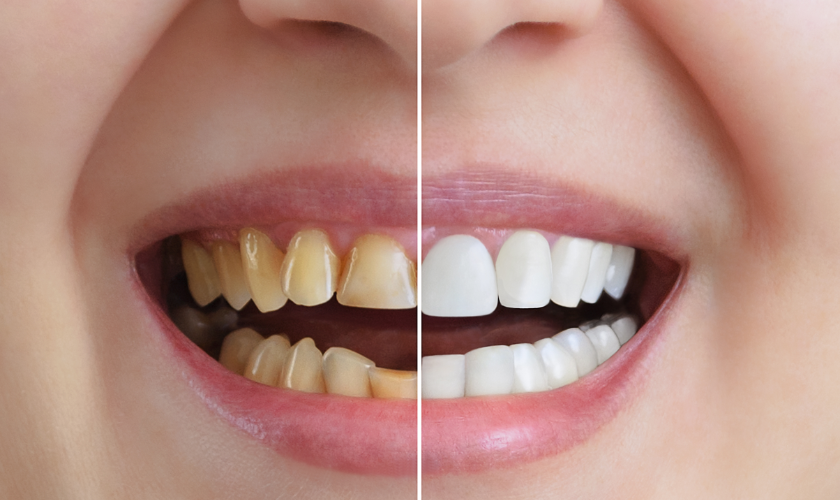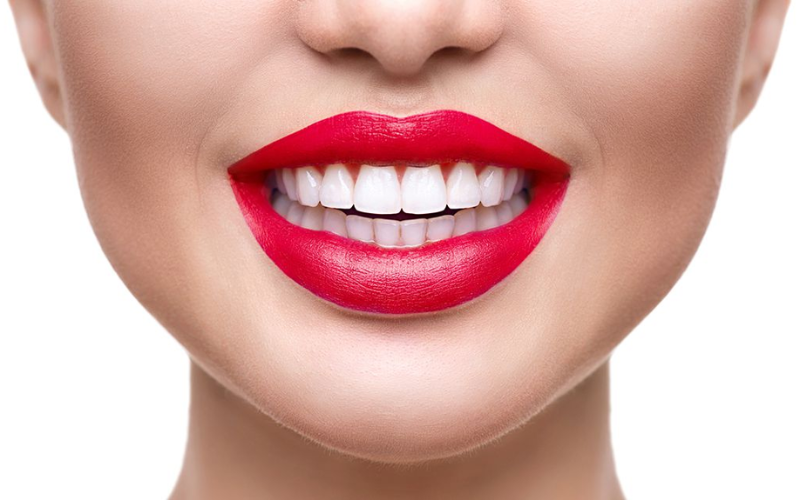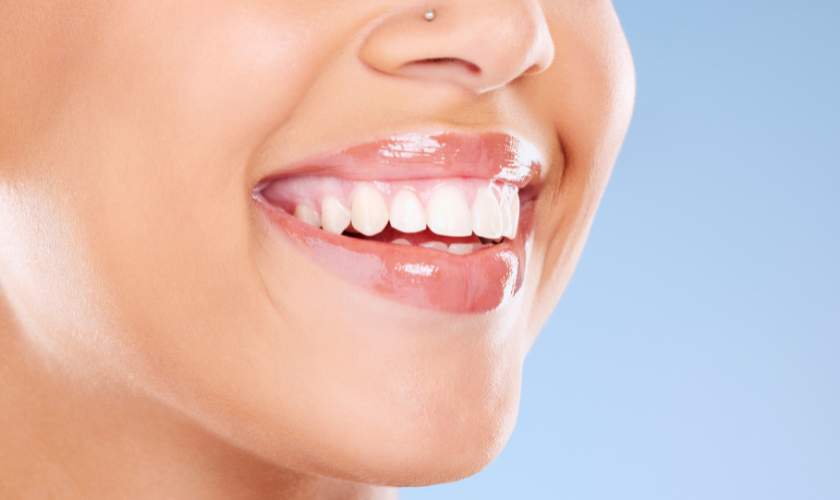
They genuinely care about what’s best for you. But for many, achieving that picture-perfect smile can be a challenge, especially when dealing with stains and discoloration. Fortunately, the world of teeth whitening offers a plethora of solutions to help you achieve a brighter, more confident smile.
In this comprehensive guide, we’ll explore everything you need to know about teeth whitening, from the causes of discoloration to the various whitening options available. Whether you’re considering professional treatments or exploring at-home remedies, this guide will illuminate the path to a dazzling smile.
Understanding Tooth Discoloration
Before delving into whitening methods, it’s essential to understand the root causes of tooth discoloration. Several factors can contribute to stains and yellowing of the teeth, including:
- Food and Drinks: Certain foods and beverages, such as coffee, tea, and red wine, contain pigments that can adhere to the enamel, leading to stains over time.
- Tobacco Use: Smoking or using tobacco products can result in unsightly yellow or brown stains on the teeth.
- Poor Oral Hygiene: Inadequate brushing and flossing can allow plaque and tartar to accumulate, leading to discoloration.
- Aging: As we grow older, the enamel of our teeth naturally diminishes, exposing the underlying yellowish dentin.
- Medications: Certain drugs, like tetracycline antibiotics, have the potential to cause inherent discoloration of teeth, posing a greater challenge for whitening efforts.
By identifying the underlying cause of your tooth discoloration, you can better tailor your whitening approach to achieve optimal results.
Professional Teeth Whitening
Professional teeth whitening treatments, administered by dentists, offer the most potent and immediate results. These treatments typically involve the use of powerful whitening agents, such as hydrogen peroxide or carbamide peroxide, to break down stains and lighten the teeth.
Common professional whitening methods include:
- In-Office Whitening: In-office whitening procedures, such as laser or light-activated treatments, can whiten your teeth several shades in a single visit.
- Take-Home Whitening Kits: Dentists may also provide custom-fitted trays and professional-grade whitening gel for at-home use, allowing you to achieve professional results in the comfort of your own home.
While professional whitening treatments yield impressive results, they may not be suitable for everyone. Individuals with sensitive teeth or gum issues should consult with their dentist before undergoing whitening procedures.
At-Home Whitening Remedies
If professional whitening isn’t feasible or you prefer a more budget-friendly approach, numerous at-home whitening remedies can help brighten your smile. While these methods may not deliver as dramatic results as professional treatments, they can still provide noticeable improvements over time.
Popular at-home whitening remedies include:
- Whitening Toothpaste: Whitening toothpaste contains mild abrasives and chemical agents that help remove surface stains and lighten the teeth gradually.
- Whitening Strips: These strips, available over the counter, consist of thin, flexible strips layered with a peroxide-based gel. Applied directly to the teeth, these strips conform to the shape of your smile and gradually whiten the enamel.
- Whitening Mouthwashes: Whitening mouthwashes often contain hydrogen peroxide or other whitening agents to help freshen breath and reduce surface stains.
- Baking Soda Paste: Mixing baking soda with water to form a paste creates a natural abrasive that can gently polish away surface stains on the teeth.
While at-home remedies can be effective for mild staining, they may take longer to produce visible results compared to professional treatments. Consistency and patience are key when pursuing at-home whitening methods.
Maintaining Your Brighter Smile
Regardless of the whitening method you choose, maintaining good oral hygiene habits is essential for preserving your brighter smile. Remember to:
- Brush your teeth twice daily with a whitening toothpaste.
- Floss regularly to remove plaque and prevent tartar buildup.
- Limit consumption of stain-causing foods and beverages.
- Make sure to book routine dental cleanings to eliminate tough stains and keep your mouth healthy.
A dazzling smile is within reach for anyone willing to invest a little time and effort into teeth whitening. Whether you opt for professional treatments or at-home remedies, the key is consistency and patience. By understanding the causes of tooth discoloration and exploring the various whitening options available, you can illuminate your smile and boost your confidence for years to come. Bid farewell to stubborn stains and welcome a luminous, revitalized version of yourself!





